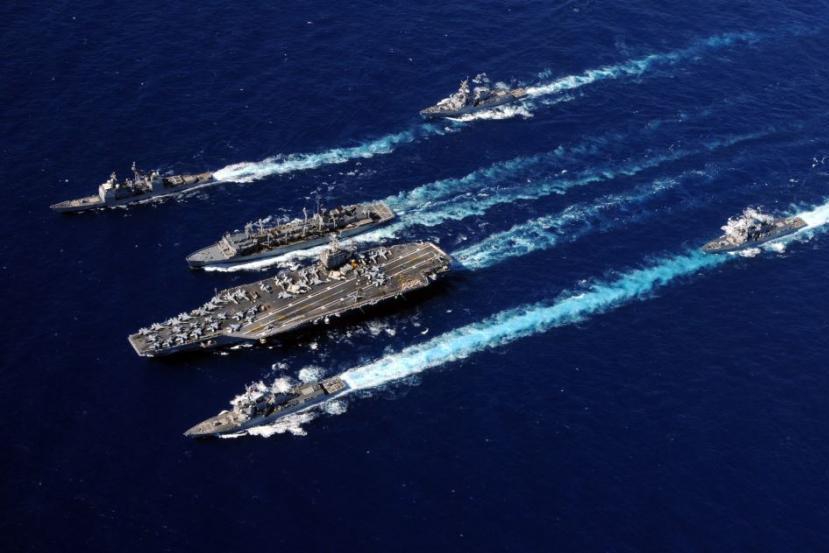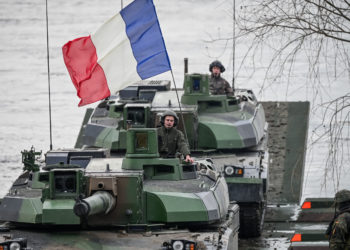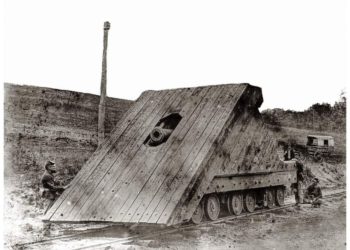USA-Iran update. So… What is going on between the US and Iran?
In 2015, Iran signed the Joint Comprehensive Plan of Action agreement (known as the Iran Nuclear Deal). And so did the five permanent members of the United Nations Security Council (including the US), EU representatives and Germany. To sum it up, Iran was to take steps to curtail its nuclear ambitions for up to 15 years (including handing over or destroy part of its enriched uranium stockpile) in exchange for the lifting of some economic sanctions. Washington also paid Tehran money owed plus interests. Up until then, the sum had been withheld as part of the sanction regime against Iran.

Joint Comprehensive Plan of Action agreement
However… In 2018, the Trump administration unilaterally withdrew from the agreement. The justification was that “the deal was not good enough”. Washington started immediately to reimpose sanctions against Iran and anyone dealing or trading with the Iranians. The sanctions were aimed at killing the Iranian economy and bringing Iran back to the table to “renegotiate a better deal”.
Iran was not happy. In fact, nobody was happy. Both the EU member states and UN security council members agreed the deal was correct and that Iran was cooperating and respecting the agreement. The fact Washington was ready to slap sanctions on European entities or businesses trading with Iran was also a point of contention between Europe and the USA. Brussels accused Washington to undermine the agreement and therefore the many years of work and negotiation that led to the signing of said agreement.
Meanwhile, both Iran and Russia announced there was absolutely no reasons for anybody to ever deal or negotiate with the US if every new US administration/president was hell bent on undoing its predecessor’s work and if all treaties and agreements signed by one president were at risk of being cancelled by the next.
Fast forward to a couple of weeks ago and Washington announced it would no longer hand wavers exempting its allies from sanctions should they buy oil from Iran. The move, aimed at bringing Iranian oil export to zero, will have devastating consequences for the Iranian economy. That was followed by a quick tit-for-tat exchange between Iranians and Americans with the US officially declaring Iran’s Revolutionary Guards as a terrorist organisation. Iran replied in kind by putting the US armed forces on its own list of terror groups.
Two days ago, the John Bolton announced the deployment of a Carrier Strike Group (1 aircraft carrier and its air wing, 4 destroyers, 1 cruiser) as well as the deployment of a bomber wing in the Gulf “in response to a number of troubling and escalatory indications and warnings from Iran” Not much details were given.

Abraham Lincoln Strike Group
There have been many gossips, wild guesses and speculation as to what prompted Washington to proceed ahead with what looked like a knee jerk reaction. The general consensus is that Israeli intelligence agencies might have tipped their American colleagues. It seems the Iranians have warned their proxies in the Gulf that a US-Iran confrontation might be unavoidable. Some say Iran has started handing over artillery systems (including ballistic missiles) and other hardware (such as anti-shipping missiles and drones) to its proxies and loyal militias in Iraq and Yemen. Some say this could be a defensive move from Tehran. Others say this is a pre-emptive move from Iran in anticipation of attacking US personnel in the Straight of Hormuz, near Yemen, in Iraq and in Syria. This has most certainly be interpreted by Washington as possible preparations for potential attacks against American assets in the region.
Yesterday, the world also witnessed Secretary Pompeo abruptly cancel a visit in Germany to instead fly to Baghdad where he met with the Iraqi prime minister for two hours. The move was meant to ensure Baghdad’s loyalty to Washington. The Iraqi administration has become very friendly with Iran, those past few years. Trade has flourished between the two states. Iran has provided military support, including militias, to Baghdad in its fight against ISIS. Baghdad, in return, included those militias in its own armed forces. Since then, Washington has urged Iraq to get rid of those Iranian militias and military advisors in the name of Iraqi sovereignty. Ironically, Tehran has also asked Iraq to get rid of US troops on its territory in the name of Iraqi sovereignty, too…
This morning, Iran has announced it will no longer fully comply with the Joint Comprehensive Plan of Action agreement. Iran’s partial withdrawal from the deal is the latest escalatory move to emerge from this crisis.
But where did it all start ?
Prior to 1979, Iran and the USA were actually on very friendly terms. Washington even sold some F-14 Tomcat to Tehran ! But it all changed in 1979 when the Shah of Iran exiled himself to the US and his administration was overthrown during a coup. Iran became an Islamic republic and Iranian students invaded the US embassy to protest against Washington’s authorisation to the Shah to exile himself to the United States, taking US personnel hostage. The Carter administration immediately slapped sanctions against Iran.

In 1984, Iraq invaded Iran. Washington supported Baghdad and as a result, slapped some more sanction against Iran!
Since then, the US has accused Iran of being behind several terror attacks, including the Al-Qaeda bombing of the US embassies in Kenya and Tanzania in 1998 and the attack on the USS Cole in 2000. However, the link between Tehran and Al-Qaeda is difficult to prove: Iran is the center of Shia Islam. Al-Qaeda and ISIS are Sunni (Salafi) organisations that often advocate the fight against Shia islam…
The US and Iran also find one another on the opposite side of the spectrum regarding relations with Israel: Washington support Israel while Tehran calls for the country to be wiped from the map and supports Hezbollah in Lebanon. They clash again, diplomatically speaking, regarding their opposite views on Syria: Iran has been providing Syria with economic and military help while the US has long advocated the removal of Assad from power. Finally, Iran and Saudi Arabia are locked in a regional contest. Iran is the Shia powerhouse, while Saudi Arabia is the Sunni powerhouse. The two countries currently fight one another through proxies in Yemen. Saudi Arabia is a US ally…
On the Iranian side, Tehran has never forgotten about Flight 655: In 1988, The US Navy was involved in escorting oil tankers in the Persian Gulf and the Straight of Hormuz, as the Iran-Iraq war had intensified. There had been several clashes between Iranian and US navies in the area. On the 3rd of July 1988, An Airbus 300 belonging to Iran Air was shot down by the Guided Missile Cruiser USS Vincennes, resulting in the death of all 290 people on board. USS Vincennes was in Iranian territorial waters at the time of the incident. US authorities claimed the cruiser’s crew misidentified the Airbus A-300 for a F-14 Tomcat. In the end, the US accepted to pay compensations to the families of the victims but never accepted liability for the incident and never apologised.
Still… By 2015, both Iran and the USA had worked hard to overcome their differences and strike a compromise. Things were looking up…
No longer, though…










